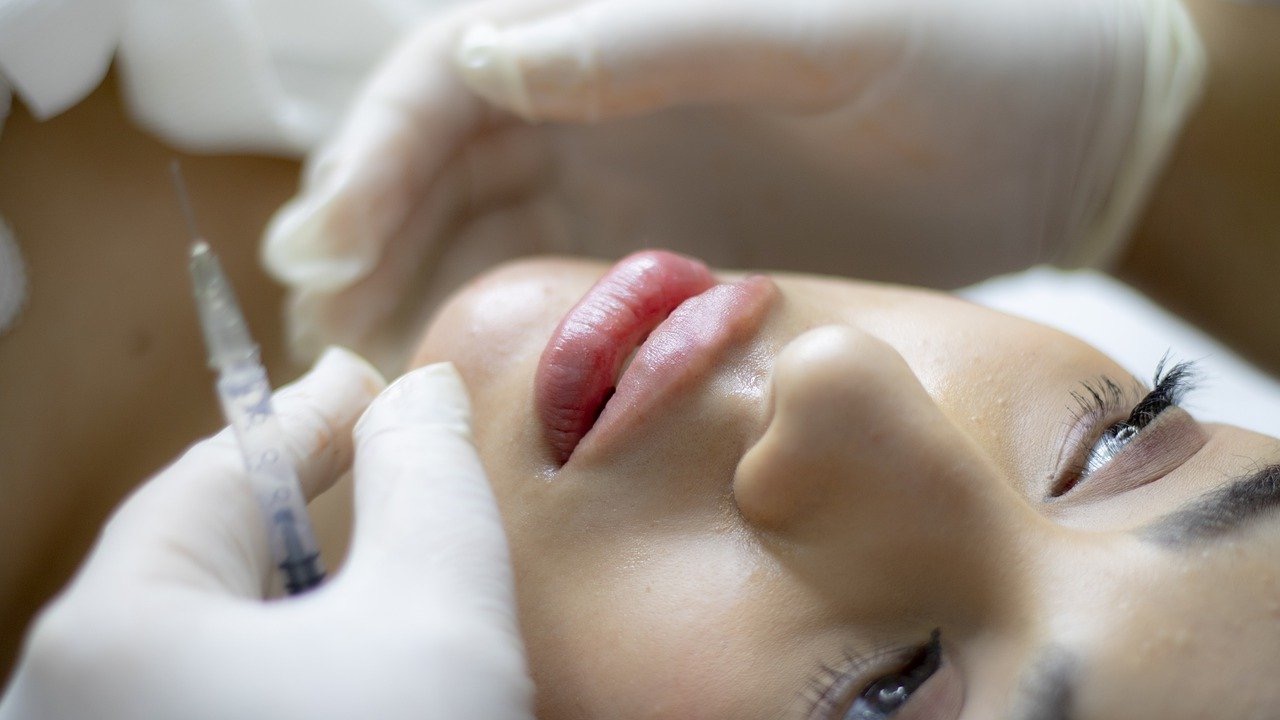We all want to look beautiful and full of youth and energy, but as we age our skin begins to look dull and tired. Once these signs of ageing start creeping upon us, it’s like they start hitting one by one. First comes that forehead wrinkle when we raise our eyebrows. Next come the tiny little crows feet at the corners of our eyes, the first mark that we are ageing and gaining wisdom.
For some, these signs of ageing are like a ritualistic right of passage. They’re a visible sign of life progress and obtained knowledge. For others, they’re an eyesore that dings their confidence and dampens their light.
If you fall into the latter category, know that it’s okay. There’s nothing wrong with you for wanting to modify your physical appearance. Preserving our youth and the certain look that comes with it is an art form that only certain individuals are called for.
Non-surgical Alternatives: Are They Really Better?
When you first think about getting these lines corrected, you probably think about the use of Botox and other fillers. Many people assume that just because these fillers are non-surgical, they’re a better treatment and more suitable for the masses. While budget-wise this may be a true statement, there are problems with fillers that simply must be addressed.
But before we can do so, we must first ask ourselves: what are fillers, and how do they work?
The Function of Fillers
Fillers go by many names, including Botox fillers and dermal fillers, but most people simply refer to them as “fillers.” Their job is to restore the loss of fullness and plumpness we experience due to aging. They’re most commonly injected into sites on your face, hands, or lips. Though they’re not perfect, patients like to use fillers for several reasons:
- They provide immediate results
- Activities can be done right after appointment
- Short appointments
- Easy decision
- No hospital stay
Fillers can work to erase or minimize the appearance of scars and fine lines. They can also add plumpness and fullness to lips or help make your smile more upturned and noticeable. The fillers sometimes need to be reapplied, depending on the material used. This is because some of the material is naturally reabsorbed into the body.
For many, fillers are great, but these less time-intensive alternatives to surgery don’t always work. Several scenarios have the potential to occur with fillers you should be aware of.
Too Much Filler
Someone who lacks experience might not know the exact amount of filler to place beneath the skin. It’s easy to give too much filler if the injector isn’t paying attention or is anxious to make sure enough was administered. If used on the face, too much filler can make you look flat or as you face has been squashed and stretched out a little. If used to try and plump the lips, too much filler can create an overdramatic and pouty look that’s poofed up like in the duck lips pout.
This overuse of filler and swelling that occurs with it shouldn’t be confused with the normal swelling that occurs shortly after a fresh round of injections. This is a normal reaction to dermal fillers, especially if it was your first appointment. The swelling should go down within a week. If it doesn’t, you should make an appointment to have it undone. Too much filler may have been used.
Not Enough Filler
The opposite of too much filler can also happen, though it doesn’t seem to be as common of a problem. This is usually due to a surgeon that wants to err on the side of caution. Whether they’ve overfilled before or you as the patient stress that you want natural-looking results, sometimes a little more could have really helped results. You may even think fillers don’t work for you or that they’re a waste of money. In reality, you just needed a little more product to get the job done.
Incorrect Filler Placement
The filler being incorrectly injected may potentially cause two problems to happen. One is minor since it’s only cosmetic in nature and usually passes with time. If your filler was placed too low on your cheekbones, for example, your desired look won’t happen. Instead, your face might look bloated or chubby instead of sexy and youthful.
The other problem is much more serious and less common since an experienced tech almost never makes this mistake. The injection needle might accidentally poke into a vein or blood vessel, causing damage. If the filler is injected into a blood vessel it can cut off blood flow. This lack of blood flow can kill the skin and area beneath the injection site. It can also cause serious health problems like stroke, vision problems or blindness, and even death. Though rare, the complications of this mistake are costly.
Using the Wrong Filler Entirely
Some very inexperienced and unethical filler providers will use substances that aren’t meant for the purpose of fillers. These substances aren’t approved for use in the human body at all, making this a dangerous and unknown game.
The most common substance used for this purpose is silicone. Many believe that because this is used in many medical devices that it’s safe and approved for use as a filler, but it’s not. If you ever see someone advertising silicone as an injection material, steer clear. The chances of them being a reputable medical providers are slim to none.
Though fillers are a great budget-friendly option for those who aren’t yet ready for surgery, it’s important that you stay aware of the risks involved. Your filler might be injected incorrectly and cause permanent damage, for example, or your results may be less transformative than you hoped. Seeking the care of a qualified medical provider will ensure that you get results you’re actually happy with, whether that’s through surgical means or otherwise.








